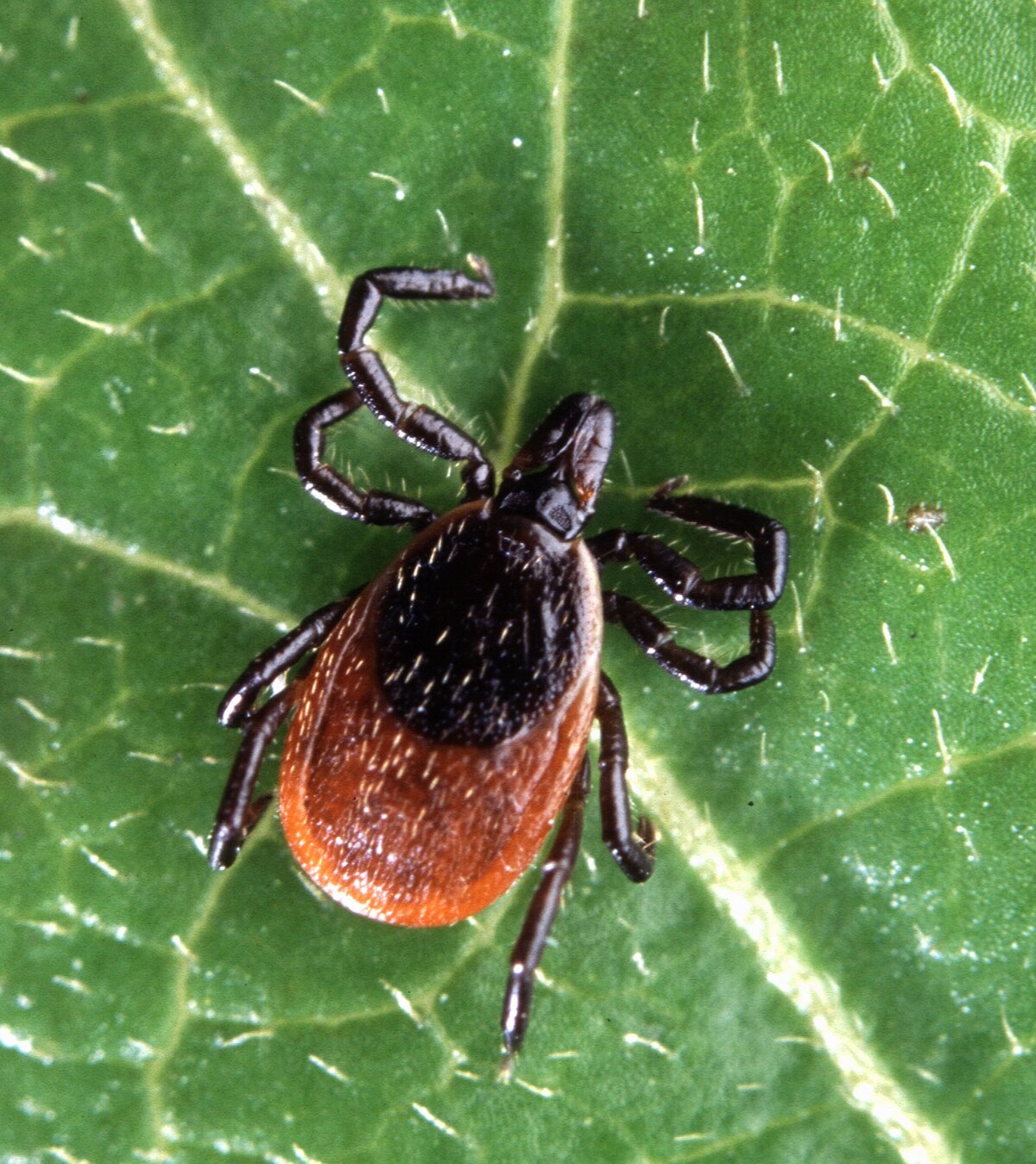Ticking Time Bomb: The Rise of Lyme Disease
As summer approaches and outdoor activities ramp up, concerns surrounding Lyme disease are reaching an all-time high. Once regarded as a rare illness, Lyme disease has burgeoned into a significant public health issue across Canada. With warmer temperatures leading to a higher tick population, it is essential for Canadians to be well-informed and vigilant.
The Facts About Lyme Disease
Lyme disease is caused by the Borrelia bacterium, which is transmitted to humans through the bite of infected black-legged ticks. Symptoms can manifest in various ways, from fever and fatigue to more severe complications like joint pain and neurological issues if left untreated. Recent studies indicate that the incidence of Lyme disease in Canada has more than tripled over the last decade. According to the Public Health Agency of Canada, over 3,000 confirmed cases were reported in 2022, signaling an urgent need for awareness and prevention.
Public Reaction and Awareness
The increased prevalence of Lyme disease has sparked a conversation among Canadians who have taken to social media to share their experiences. Many express frustration over the lack of understanding around diagnosis and treatment. One affected individual stated, “I was misdiagnosed for years before someone finally recognized it. Lyme disease needs to be taken more seriously in our healthcare system.” This sentiment resonates with many who feel challenged to advocate for their health against a backdrop of complex medical realities.
Protecting Yourself Against Lyme Disease
Preventative measures are key to avoiding Lyme disease, especially as awareness around tick habitats grows. Experts recommend wearing long sleeves and pants in wooded areas, using tick repellents containing DEET, and conducting thorough tick checks after outdoor activities. In addition, the increasing availability of rapid testing and educational resources marks a positive shift in tackling Lyme disease head-on. Local health initiatives and community workshops are being established to equip individuals with the knowledge and tools needed to protect themselves.
Looking Ahead
The implications of the growing Lyme disease threat extend beyond personal health; they mirror deeper societal challenges in public health policy and environmental stewardship. A recent report highlights that climate change is contributing to the expanding geographical range of ticks, suggesting a long-term problem that will need addressing through collaborative approaches between the healthcare system, environmentalists, and policymakers.
As we head into another summer season, one thing is clear: knowledge is power. The more we educate ourselves about Lyme disease, its symptoms, and prevention methods, the better equipped we are to protect ourselves and our communities. As Canadians venture outdoors to enjoy the beauty of nature, let us arm ourselves with information and vigilance—both essential tools in the fight against this growing health concern.
